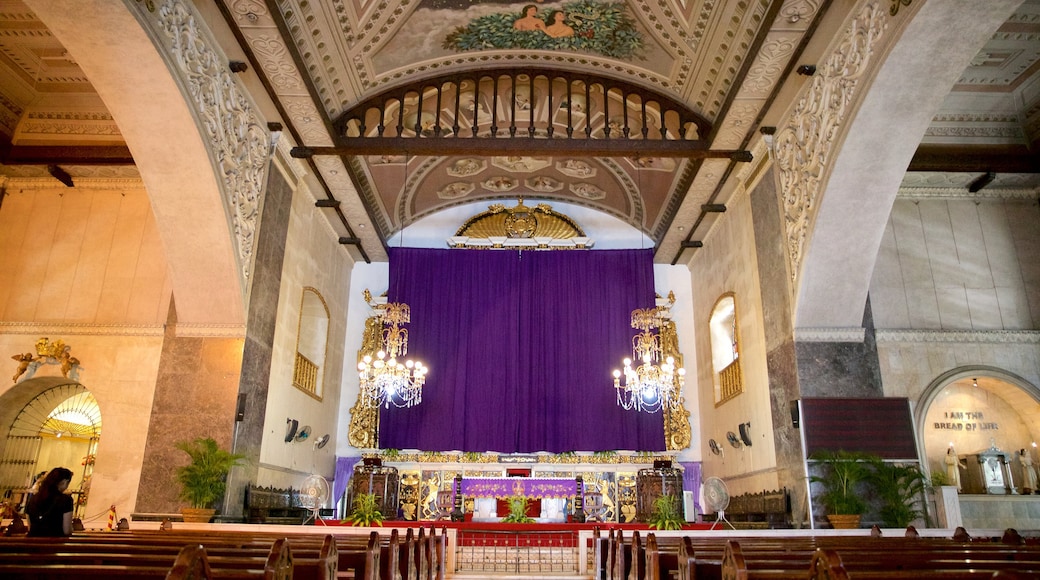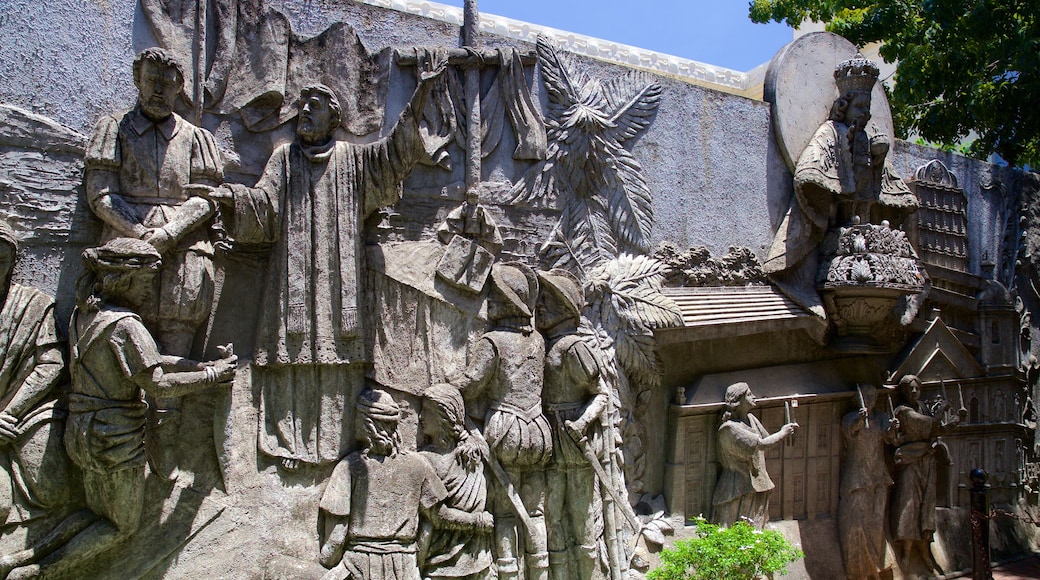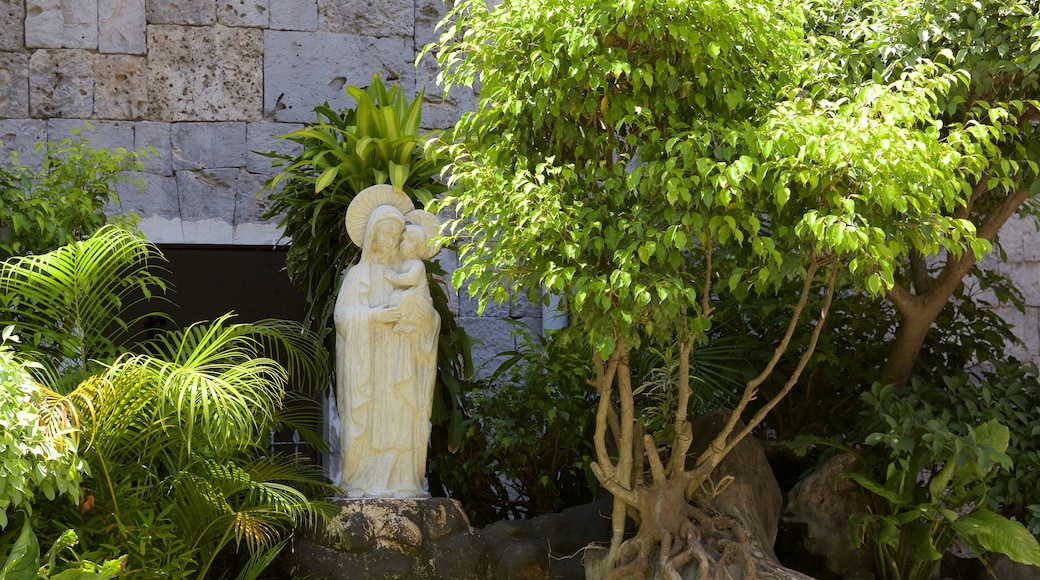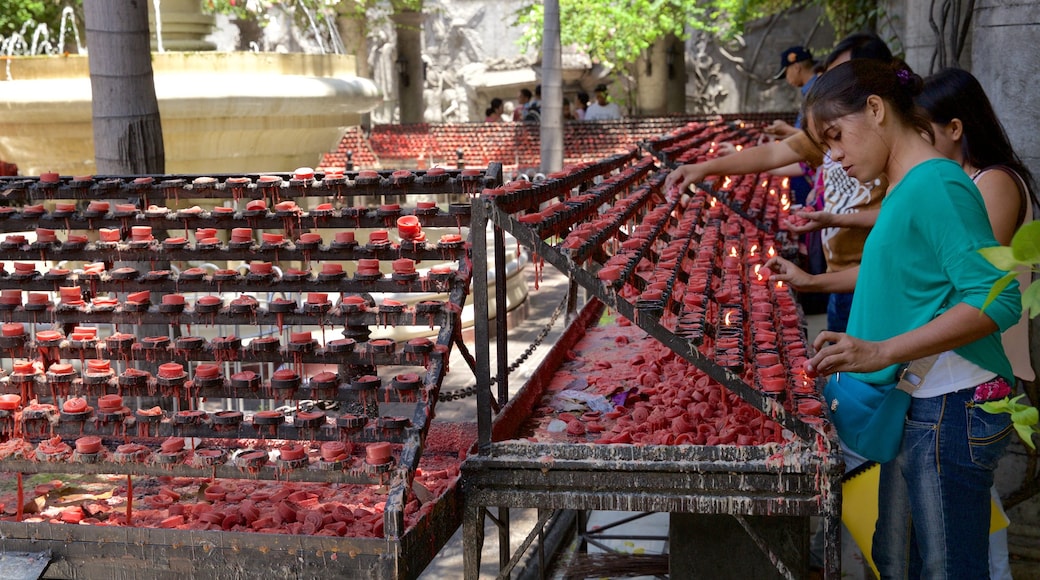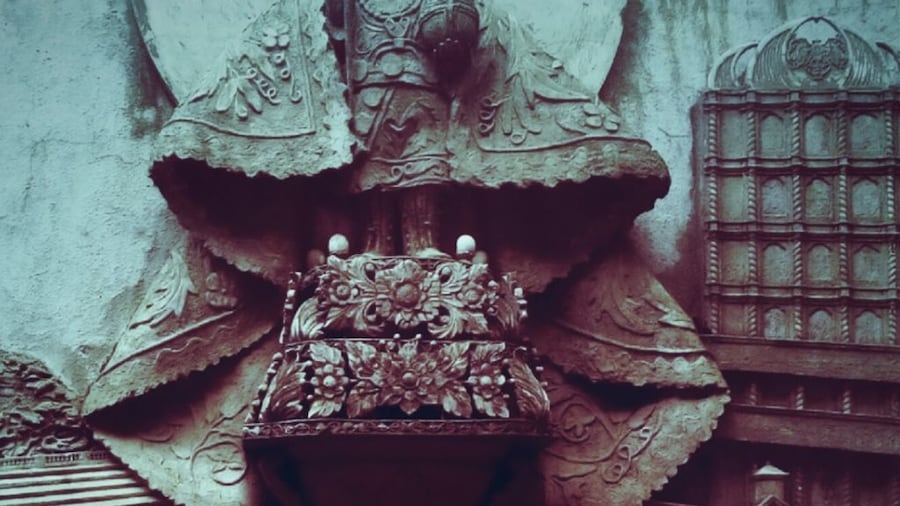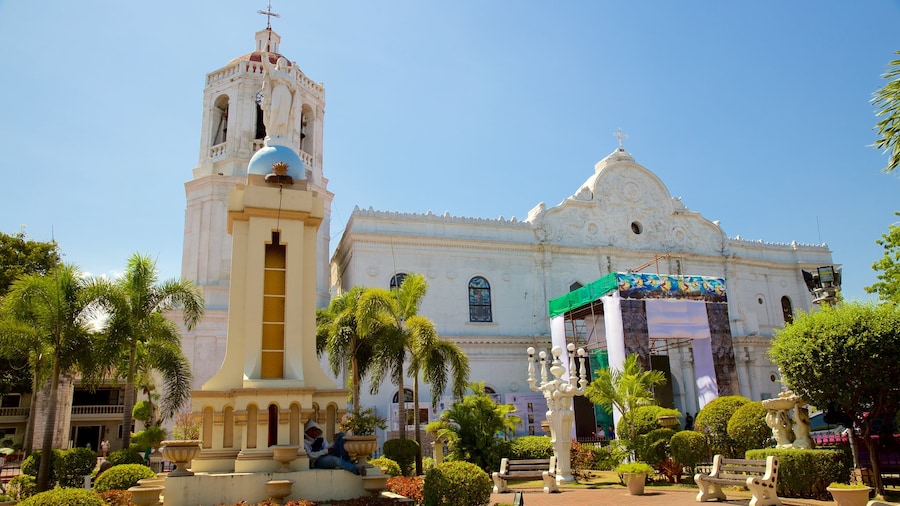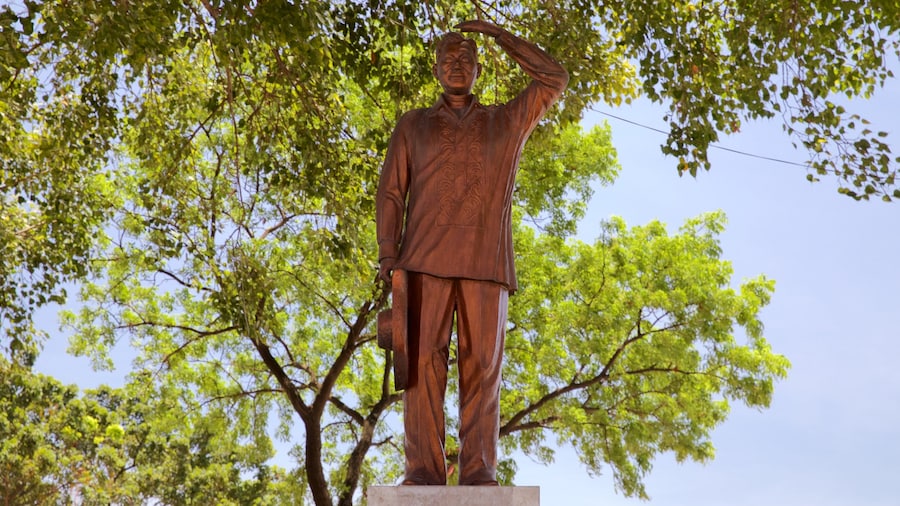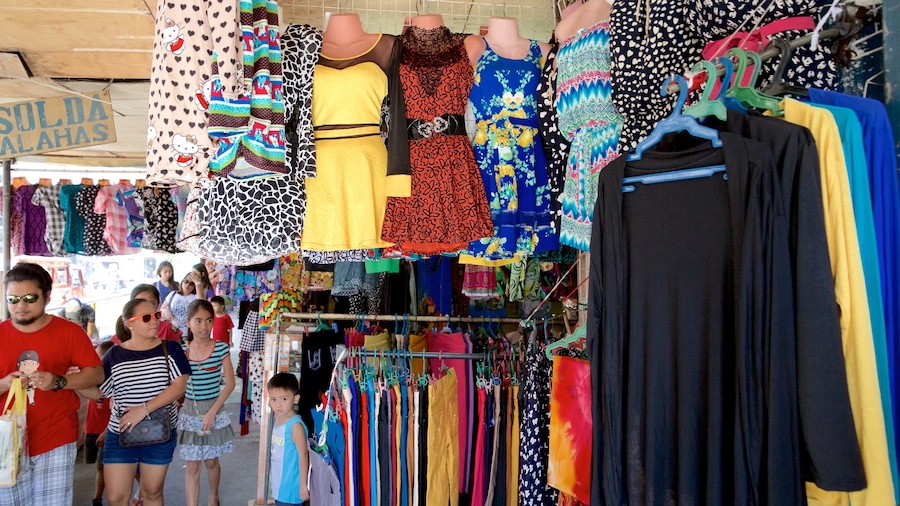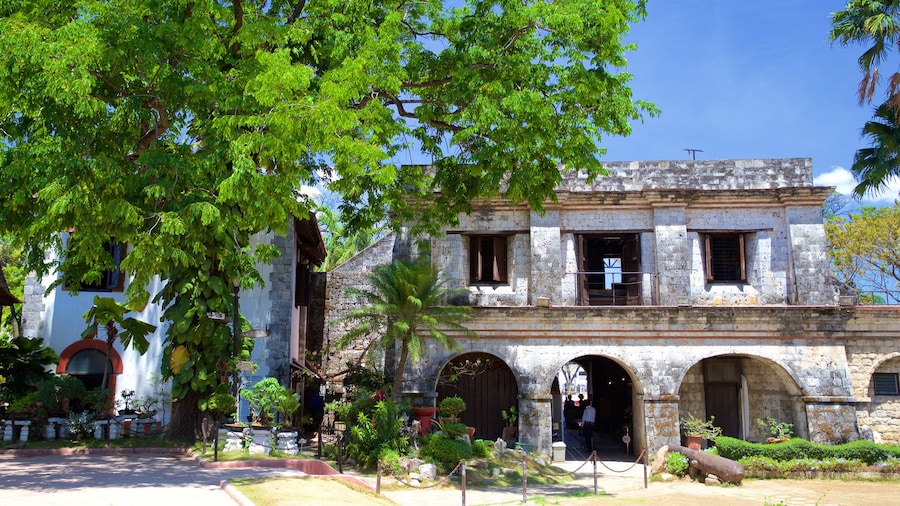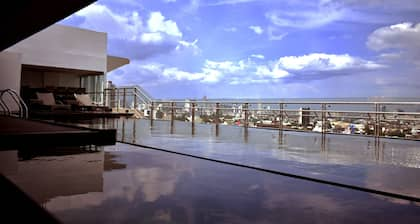The Minor Basilica of the Holy Child is among the oldest and most fascinating buildings in the Philippines. Originally constructed in 1565 by Spanish explorers, its replacement is recognizable by its whitewashed façade and tall pediment. Learn how it was built on the location where an image depicting a youthful Christ was found and survived a burning of the village.
The initial building and several reconstructions were made from wood, before being rebuilt in stone in the 1700s. Learn the story of Spanish explorers, led by Miguel López de Legazpi, finding the Santo Niño de Cebú sculpture of the Holy Child Jesus on this spot. Portuguese pioneer Ferdinand Magellan is said to have gifted that statue to Queen Juana of Cebu 40 years earlier.
Masses are held on Fridays from early morning until midnight in the Pilgrim’s Center within the church complex. The large site can accommodate 3,500 devotees and contains the Basilica of the Holy Child Museum. Peruse relics telling the story of this intriguing religious structure.
Browse the ecclesiastical items for sale in the Basilica of the Holy Child Religious Store, which has souvenirs and gifts with themes relating to the church. The basilica contains a library decorated by a two-headed eagle coat of arms.
Capture photos of the impressive façade and gaze up at the bell tower with its bulbous Muslim-styled dome. See Magellan’s Cross, which was planted by Portuguese and Spanish adventurers when they arrived here. It stands outside the main church in a charming chapel with a dark red pointed roof. Read the plaque for a greater context behind the cross, which is made of tindalo wood and encases the original which was installed in 1521.
Visit the museum daily, except Wednesdays, from morning until late afternoon. The entrance fee is discounted for students and kids.
The Minor Basilica of the Holy Child is in southern Cebu City near the Cebu Strait. Visit nearby sites, such as Fort San Pedro, Plaza Independencia and the University of Cebu.
